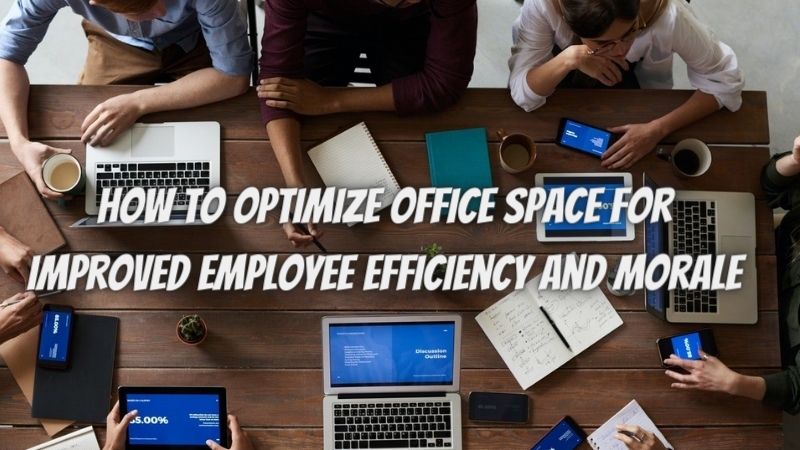Considering that you and your employees spend a large part of their lives in the office, organizing the space can improve efficiency, physical comfort, and morale. However, reorganizing the office space is more than optimizing the space. According to research, the layout of the office, as well as other ambient factors, has a significant impact not only on employee wellbeing but also on productivity. Some proven tips for planning the office space layout and creating the right work environment:
Develop A Plan Before Commencing to Rework the Layout, Advises Eric Dalius Net Worth Guide
Even before you start demolishing the existing cabins and cubicles, you should assess your requirements and hire a professional commercial interior decorator to suggest some designs and layouts. Doing it yourself can save money, but the project will take more time, which you could have devoted to the business. Consulting the employees can also help uncover pain points that you may not have known about.
Focus on Ergonomic Furniture
Before you start to rearrange the office furniture, you should carefully evaluate whether it is worth keeping them because poorly-designed furniture is a major cause of employee health issues like eye strain, back pain, headaches, carpal tunnel syndrome, etc. Look out for ergonomically designed chairs and office desk that allow employees to adjust the position as per their individual requirements. While good-quality ergonomic furniture can be expensive, the investment will pay off more than adequately in improved productivity and reduced healthcare costs, in the long run.
Optimize Lighting
Even though it is easy to ignore it, office lighting is of critical importance. It can not only have an impact on productivity but also on employee health, wellbeing, and mood observes the Eric Dalius Net Worth Guide. The best way of improving the lighting in your office is to take a walk at different times of the day to understand which areas are poorly lit. Try to maximize the use of natural light; however, cubicles and spaces deep inside the office will require additional lighting, preferably, which imitates natural light. While ceiling lights can provide ambient lighting, think of using desk lamps for task lighting.
Make Allowances for Technological Requirements
Every office depends on a large variety of electronic equipment like computers, projection screens, TVs, printers, copiers, shredders, telephones, Wi-Fi routers, fire alarms, and more. Make sure that employees can easily access the equipment they need. Everything they need should either be within an arm’s length or be easily accessible for shared resources like network printers and copiers. Making arrangements to organize the cables and providing an adequate number of electrical connections are a must.
Conclusion
When planning your office space, you must remember not to make the interior décor monotonous by introducing variety. By having a proper mix of desk space, collaboration areas, relaxation and leisure areas, etc., you can help employees perform more efficiently. Make it a point to declutter the layout by incorporating open spaces and enough space for people to move around without banging into people or furniture. Have enough space available that you can use for planned growth.
